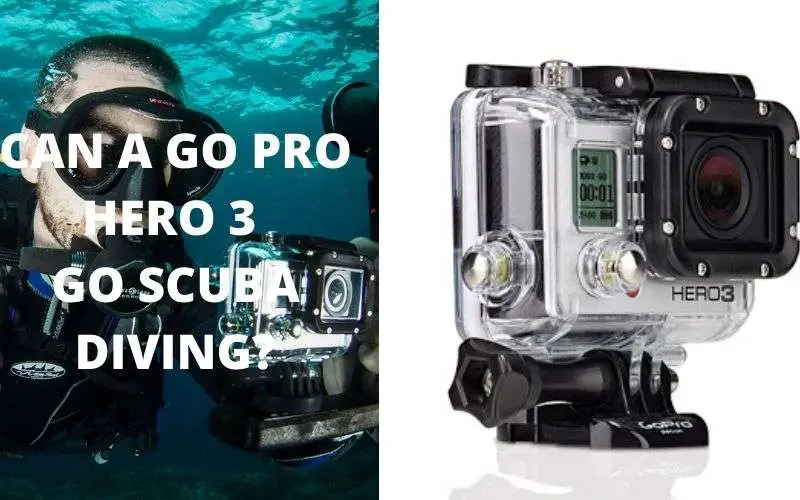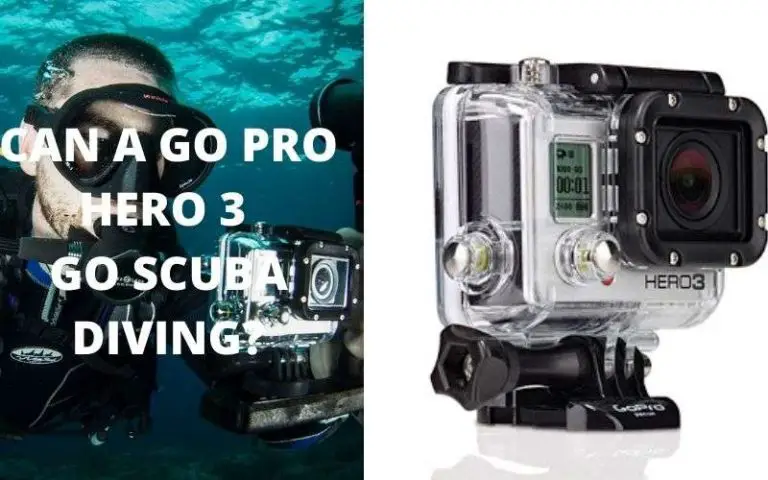
Let me paint a picture for you. Scapa Flow, Scotland 2017, I decided to go diving there because, well, why not.
The second I touched the water I was convinced the only thing I was getting out of that dive was hypothermia.
Eventually my body temperature regulated on its own and I was able to actually enjoy the amazing wartime marine wrecks that are in the location.
But you probably wonder where am I going with this. The thing is, if I would’ve known any of these tricks before going to Scotland they would have helped me through some serious shaking and feeling like Jack from Titanic.
How can you heat your suit?
Well, if you have been diving for a while then you know the basic tips when diving in very cold water like covering your head, staying shallow, warming up before you dive in, wearing a thick wetsuit, etc.
However, there are some other things you have probably never considered that will actually make your freezing experience a little better.
First, you can put hot water in your boots to keep your feet from freezing, you can also use latex gloves (or latex gear in general) underneath. Another thing is wetting your suit in warm water before jumping. Also, wear socks under the gear.
And finally, to check your wetsuit millimeter by millimeter. Once you’ve read this you might think whoah! why didn’t I thought of that? or maybe you are thinking that it sounds like absolute bullshit, but hear me out, I know what I am saying.
These methods really only make a difference when you take into consideration the classical stuff.
Covering your head, wearing a thick suit, warming up, they are still very important practices that you shouldn’t just cease to consider.
Now, let us explain why these things work and how.
1. Poot hot water in your boots
If you have ever dived in 30 degree temperatures, then you know how fast you can stop feeling your feet. If you soak your boots in warm water, like really soak, then you make this process much slower.
This is because the boots absorb the warm water and once you jump into the cold, the temperature exchange happens first with that water, and later with your skin, you’ll cool of eventually but the effect will be less drastic as the neoprene is saturated in warm water.
2.Use latex gloves underneath
This actually makes a lot of sense once you think about it. While it won’t stop you from getting cold, it sure slows down the process a lot.
The thing is the latex will prevent the water from getting in contact with your skin once it has been absorbed by the neoprene. This is especially helpful since very water that is very cold kind of feels like your skin is burning, the gloves really make that sense much less intense.
Also, sometimes the gloves tend to come off and the hit of cold water is not so cool, with the latex gloves you won’t get the evaporation directly on your skin.
3.Get your suit saturated with warm water before jumping
Just like the boots, your whole wetsuit is going to work better when soaked. Fill a cooler with hot water and put your wetsuit and all your other things (gloves, cap, etc) in it.
Let the neoprene really get soaked with the hot water. Just like with the boots, this helps you not have like a cold shock when you get into the water.
Rather, you’ll slowly loose the heat of the suit, likely once you already warmed up at the surface and are ready to go.
4.Wear socks under
This one is actually kind of controversial, because some divers swear by it and some swear it makes absolutely no difference.
The thing is, initially (before jumping into the water) the socks will keep your feet warmer, and after you enter the cold water then you get an extra layer for the water to go through.
I have never worn socks while diving, but in a trip one of the divers did and told me it made a huge difference, especially in the socks are made from polyester.
5.Check your wetsuit
This might sound silly but so many people don’t think about this. If your wetsuit isn’t warm enough is probably because there is something wrong with it. So, check every single millimeter of your suit.
If it is old or if there are parts that are more worn out then you are certainly going to need to replace it, because these weak spots are not going to make your suit warmer and that is not going to help when you are diving in temperatures under 30 degrees. So, to heat your dive suit when it is not proper anymore, get a new one.
As mentioned above, these things will only work if you take the standard precautions before, it is useless to wear socks under your suit if you are not going to wear a hood, or if your hood isn’t attached to the suit and water is going to be crawling through your neck.
Also, you should always consider the precautions after being in the water.
You are not going to get hypothermia, but you might if you don’t stop the heat loss.
Don’t take your gloves or your hood off until you are at a warm location where you can undress. Take everything from top to bottom and dry yourself as you go.
Put a shirt or a coat after you dry your chest and proceed with the rest. Always think ahead and take a thermos of a warm beverage so you can get into heat faster.
The cold might get uncomfortable but the experience of diving underwater is like no other you will ever have.
There is a huge difference between diving in the Caribbean and diving in the northern seas, and it is true cold water is not for everyone, but if you enjoy it, you won’t regret those trips.












